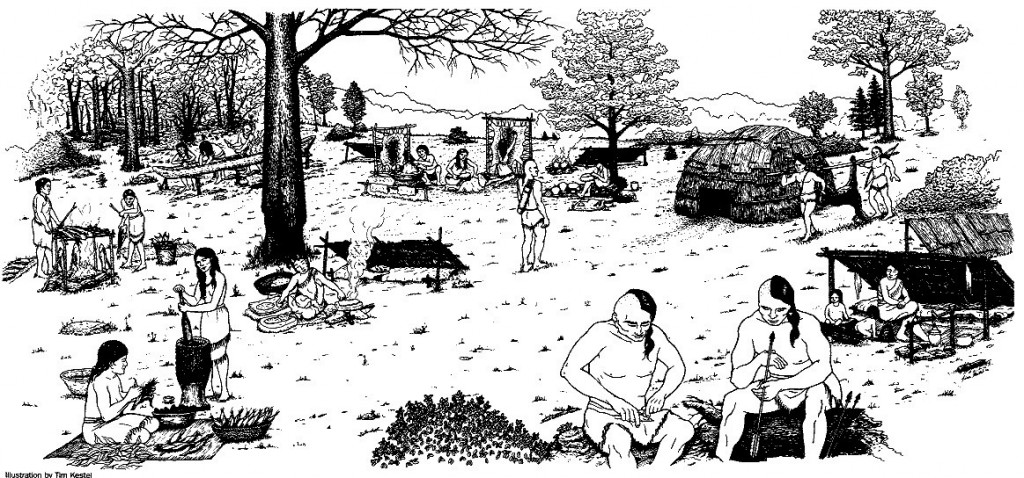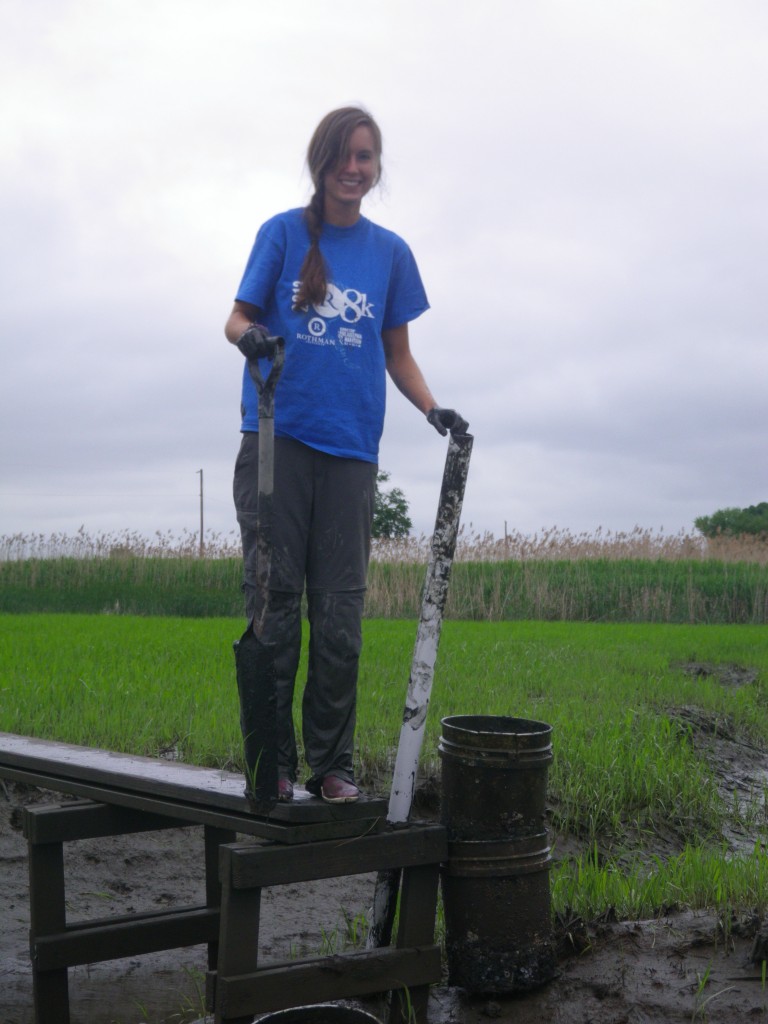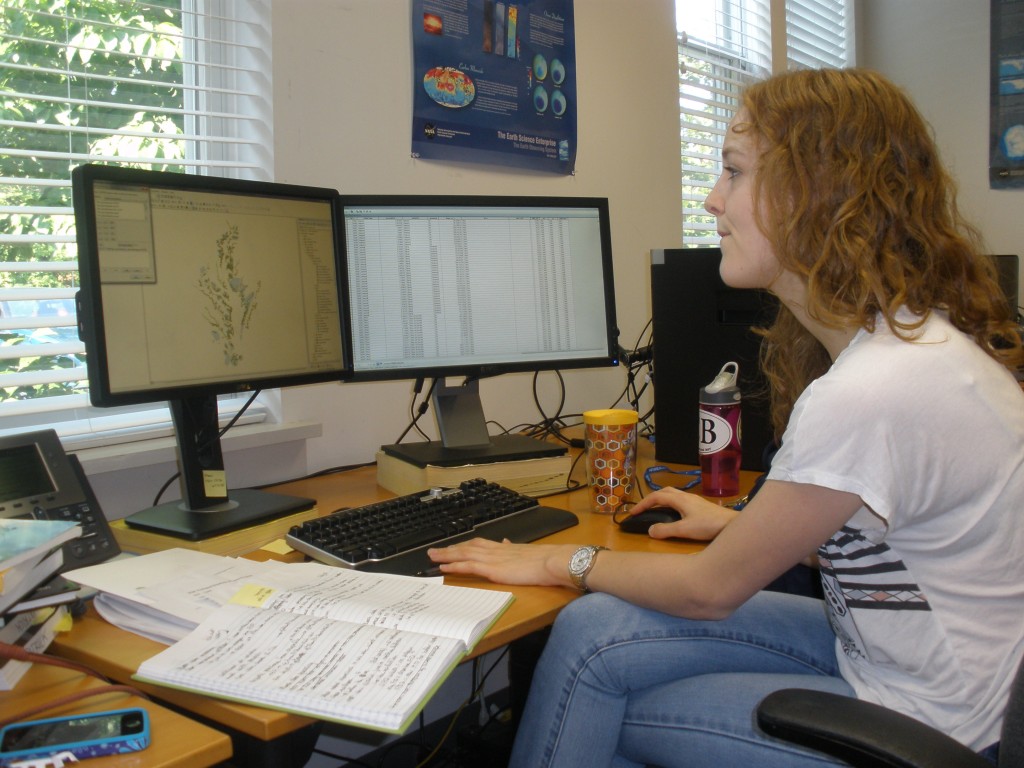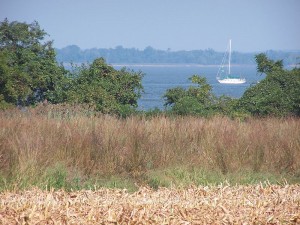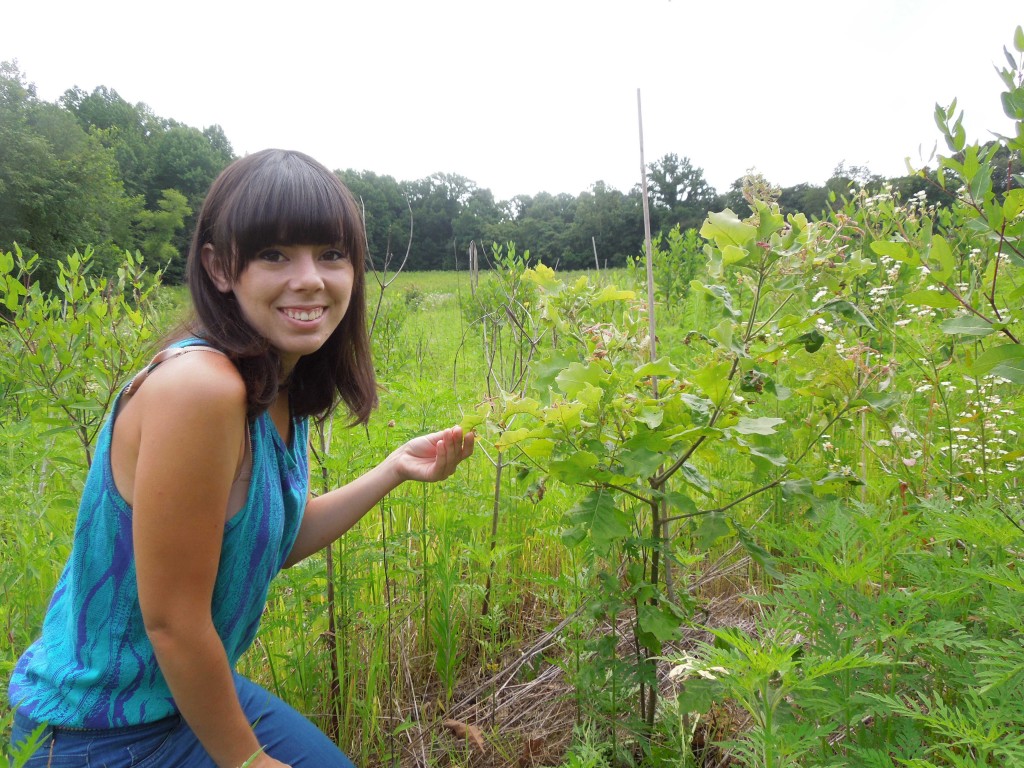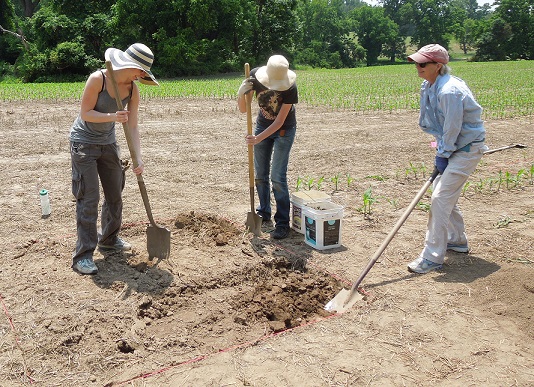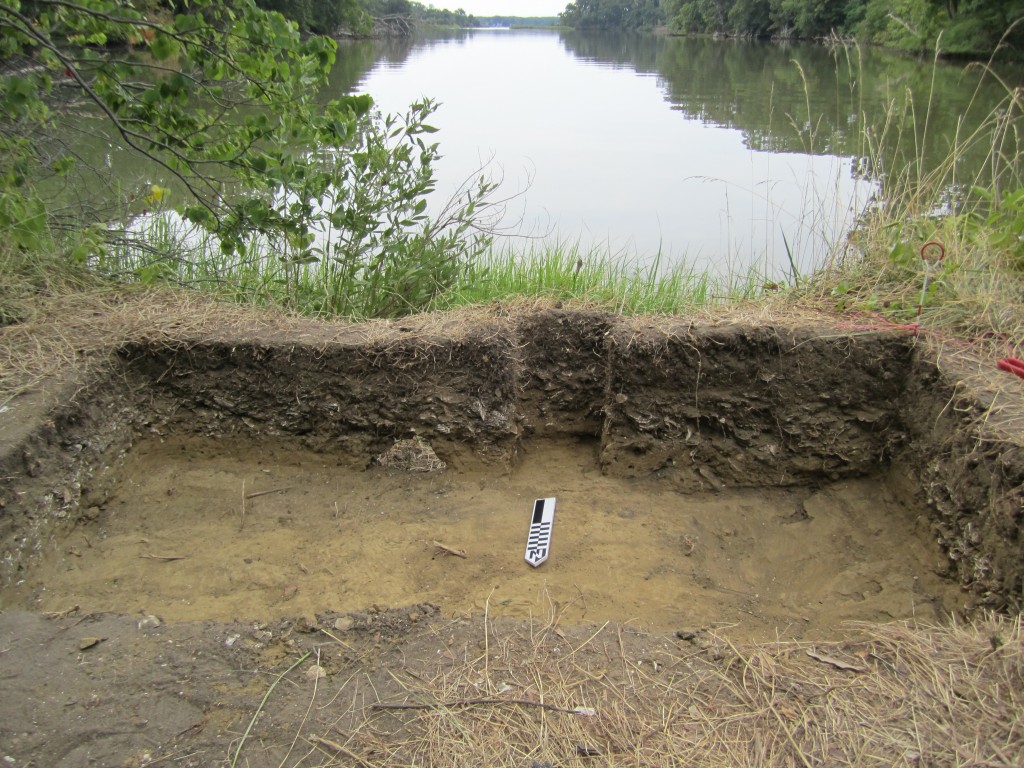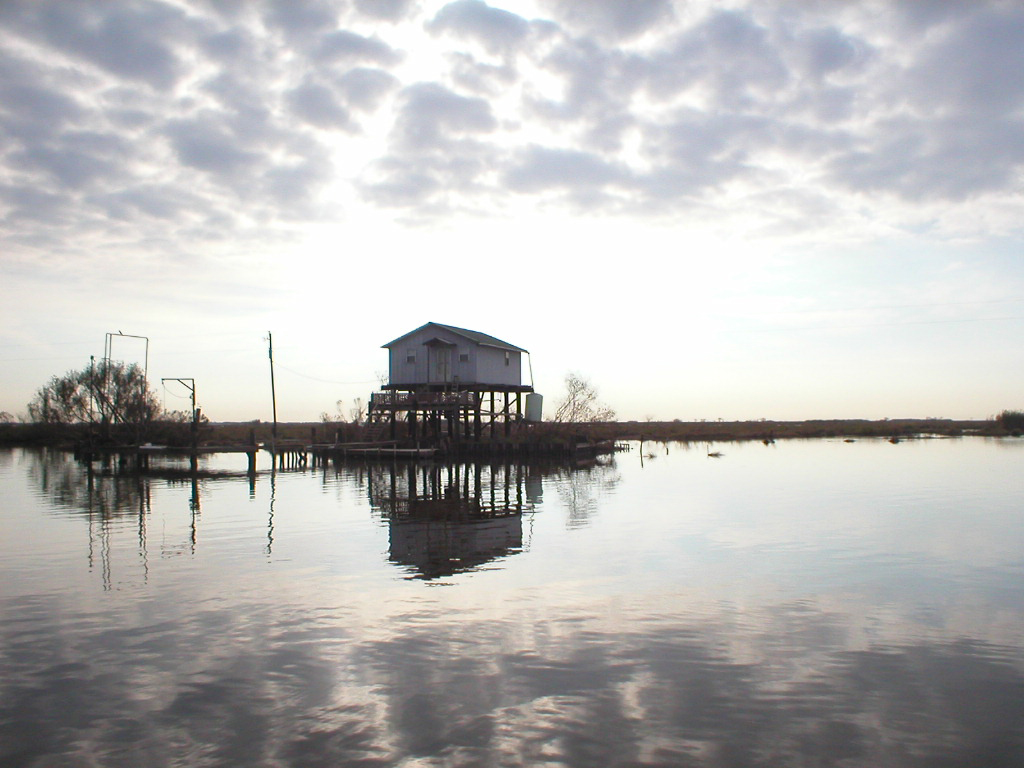by Kristen Minogue
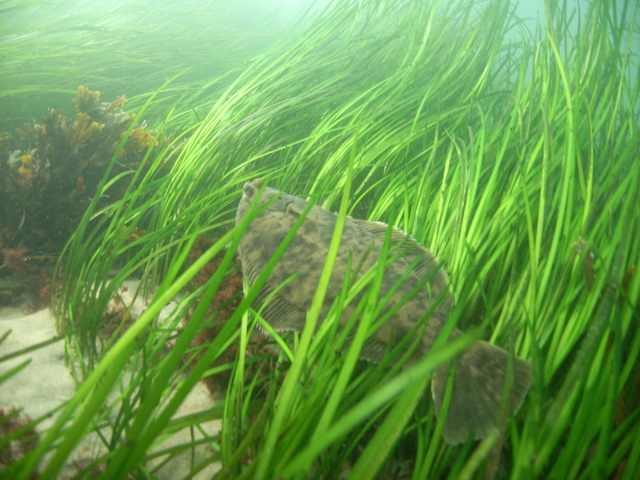
A flounder in a bed of eelgrass. Seagrasses and other underwater plants provide food and shelter to many iconic Bay creatures, including blue crabs. (NOAA)
It’s been a difficult century for the submerged flora of Chesapeake Bay.
In the 1930s, wasting disease nearly wiped out the eelgrasses of the North Atlantic. In the ‘50s and ‘60s, they faced onslaughts from invasive grasses like water chestnut and Eurasian milfoil. Finally, in the summer of 1972, Hurricane Agnes pummeled underwater plants to the lowest levels ever reported in the Bay. This April, they received news that, at first glance, seemed positive: Submerged grasses rose 24 percent between 2012 and 2013, according to aerial surveys of the Chesapeake Bay Program.
But those increases were largely limited to a single species: widgeon grass, a plant known for wild fluctuations. At 60,000 acres total, submerged plants still didn’t come near a recent mini-peak in 2002, they’re a far cry from the ultimate goal of 185,000 acres across the Bay. What is holding them back? And—more importantly—how we can we help ensure the latest expansion isn’t just a blip?
Click to continue »
